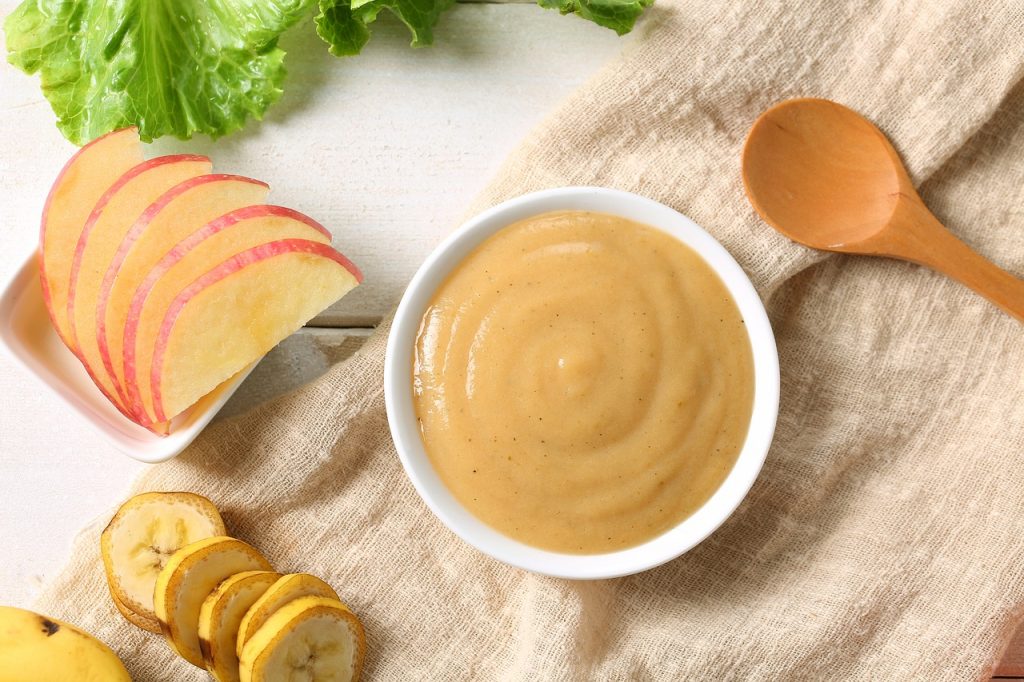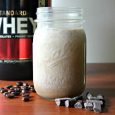Benefits Of Homemade Baby Food
One thing a mother wants and that is the very best for her baby. And when it comes to food, a mother always believes that the foods she selects for her little prince or princess must be the ultimate best. And the best means natural, healthy, organic food, prepared at home and pureed for Baby. There are some mothers, though, who believe that the jarred baby foods that are available at the grocery shop are ideal for a baby because they have been scientifically designed specifically for a baby’s needs. By feeding your baby healthy family meals at home, you are setting the baby on the path to be a healthy, happy and adventurous eater. It sure can be tempting to buy the jarred foods, but you will be so impressed and proud that you are giving your baby the best start in life, especially because of all the benefits.

What are the advantages of preparing baby homemade meals?
- First of all, they are very delicious and nutritious: You might not be aware of it, but the jarred baby foods are usually heated at very extreme temperatures to ensure that all bacteria is killed off, but if the bacteria is killed off, it means the nutrients will all be killed off too. When you make homemade food, you are able to use fresh and in-season fruits and veggies which will boost your baby’s little immune system no end with all the minerals and vitamins that are needed all year around. And you, mom, have the power to adapt to your baby’s weaning program with really nutrient dense foods. Look at this avocado and banana puree for your little one. Bet you won’t be able to find something so delicious at the stores! It’s got the subtle sweetness from the banana combined with healthy fats from the avocado, making it a creamy sweet treat your weaning baby will love! The best is that you don’t have to cook it.
Ingredients
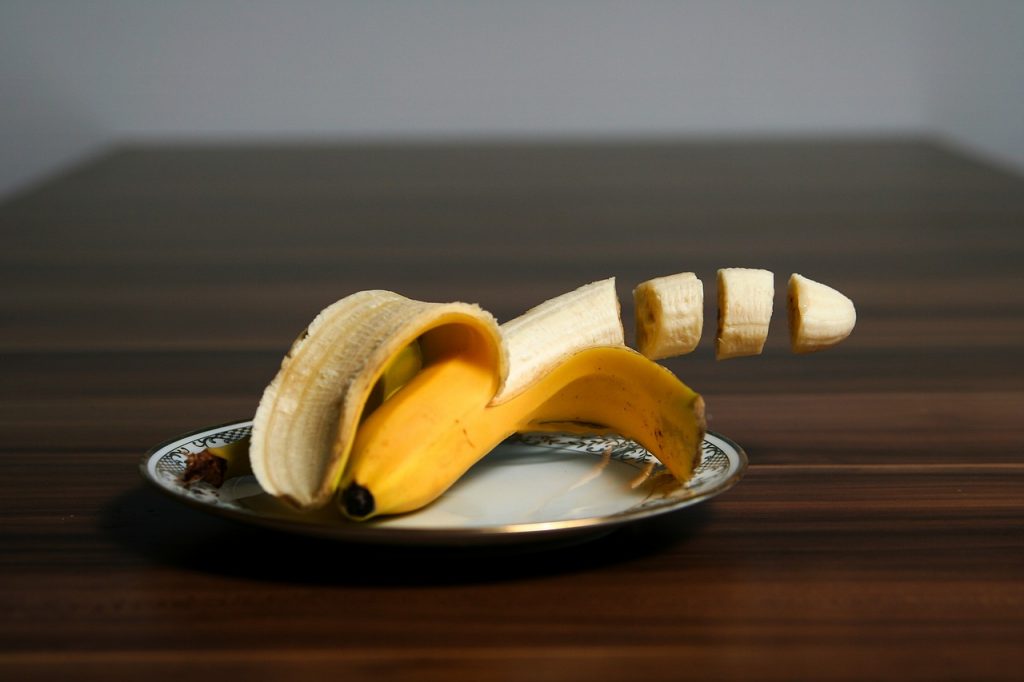
- 1 avocado, halved and pitted
- 1 ripe banana (use the riper ones are sweeter)
Method
- Remove peel from banana and mash up with a fork in a bowl.
- Remove the avocado flesh and add to the banana puree.
- Mash both together until blended and pureed.
That’s just an example of something quick, easy, and delicious and packed with nutrients for your little champ.
- Fresh food not processed like jarred foods: That means they retain more nutrients. The jarred baby foods are often thickened with starches in order to preserve them and to bulk them up, but they lack real flavor from the real foods in them. Homemade meals are just simply the best for starting to wean your baby. All you do is puree your portions. Look at this example of an absolutely delicious savory meal to puree which will make your baby coo with joy!
Chicken casserole (takes 50 minutes to cook, and makes 4 adult portions)
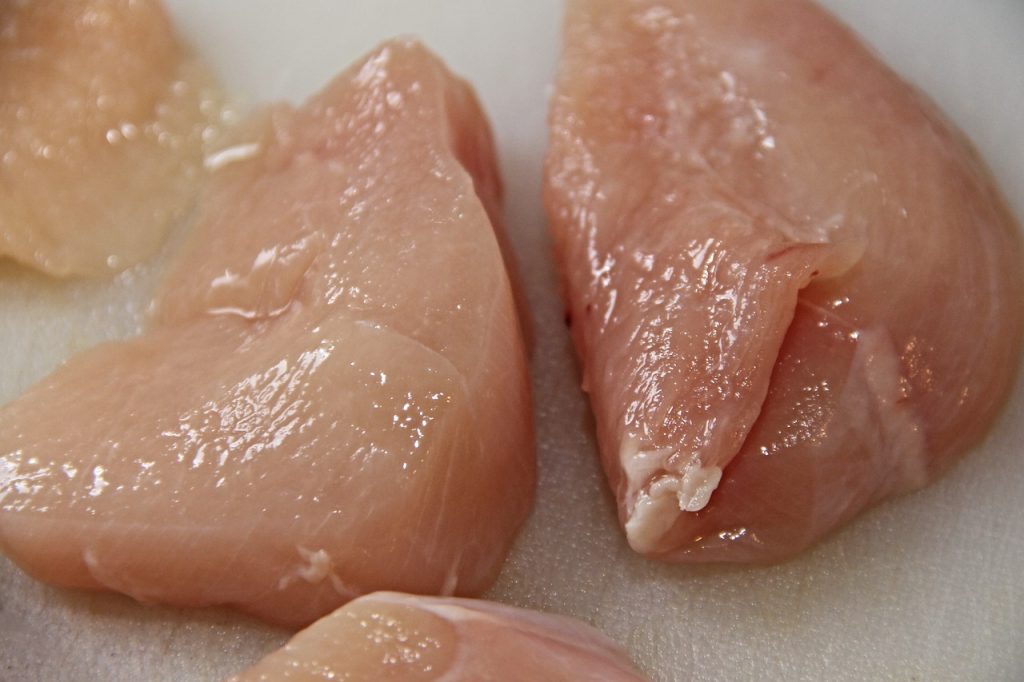
Ingredients
- 2 tablespoons olive oil
- 3 celery sticks diced up
- 1 onion chopped finely
- 900 ml chicken stock with low salt (can also use vegetable stock)
- 3 chicken breasts diced up
- 3 carrots peeled and diced up
- 4 potatoes peeled and diced up
- 2 tablespoons tomato puree
- 2 parsnips peeled and diced up
Method
- Preheat the oven to 180°C.
- Heat up the oil in an oven dish at medium heat so you can sauté your onion and celery until they are soft.
- Add the chicken breasts to the pan, and allow to sauté for around 3-4 minutes.
- Add the potatoes, carrots, tomato puree, and parsnip.
- Then pour the stock over, bring everything to boil.
- Cover with a lid and allow to cook in the oven for about 45 minutes so that the veggies are nice and soft.
- Serve up with rice or blend up to a puree for baby. How delicious and nutritious is that!
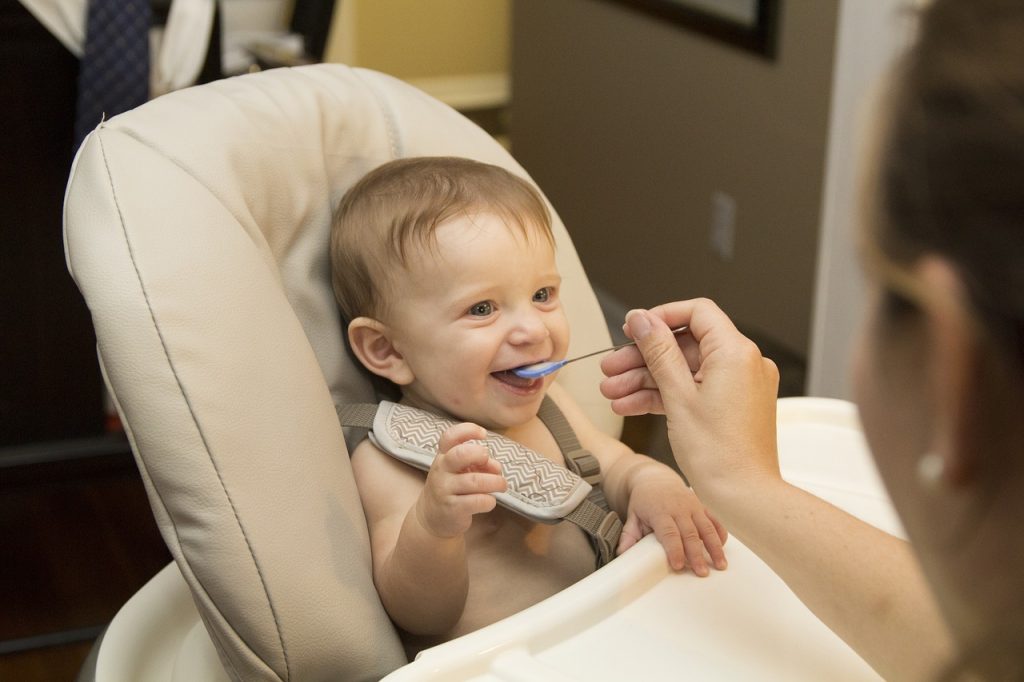
- Cost effective: When you consider homemade foods, you only pay for the ingredients you are going to use. There are no manufacturing or packaging costs to think about. And when Baby sits in his chair at the table with you, he won’t be reaching for your food on your plate because he will be enjoying his own food so much while enjoying quality time with his family!
- You get a variety: Packaged foods that you buy at the shop always need to meet certain standards, so when you buy your ‘Meaty Bolognese’ for instance, you can be sure that all of them taste exactly the same, and look exactly the same. Homemade food, on the other hand, will always taste different and ‘real’, because there will be different fruits or veggies in season and different herbs added, etc. Your baby won’t get tired of the same production foods with the same taste all the time.
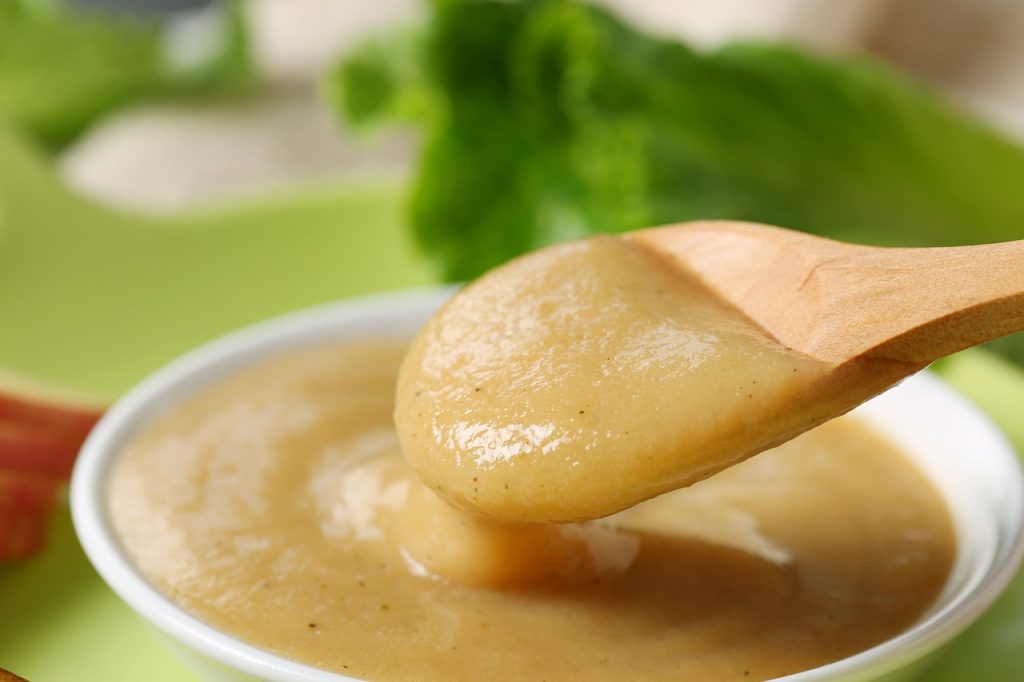
- With so much variety, a baby doesn’t become a fussy eater: Mostbaby foods have the same textures, made according to standards. Sometimes they can even be bland. Offering a baby who is being weaned a whole variety of different textures and flavors of foods prevents him from becoming fussy and developing food phobias, maybe even allergies.
- Saves time: It saves you time in the kitchen when you are preparing foods for the entire family that the baby can also enjoy – and freezing and storing of baby foods is definitely not a no-no for a young baby. You can easily cook in batches and store baby’s food in the freezer so that when you have a really busy time at home, there is a ready and wholesome meal for Baby that just needs to be heated up.
- Good for the environment: The disposable packaging that commercial baby foods are stored in aren’t nearly as earth-friendly as your reusable dishes. All you need to do is to buy good quality dishes and containers that can last a long time. You also save money by making your own food because you get more nutrients for your dollar. Making your own baby food isn’t that complicated – you just need the right tools.

Parents today are looking for organic natural choices for their babies
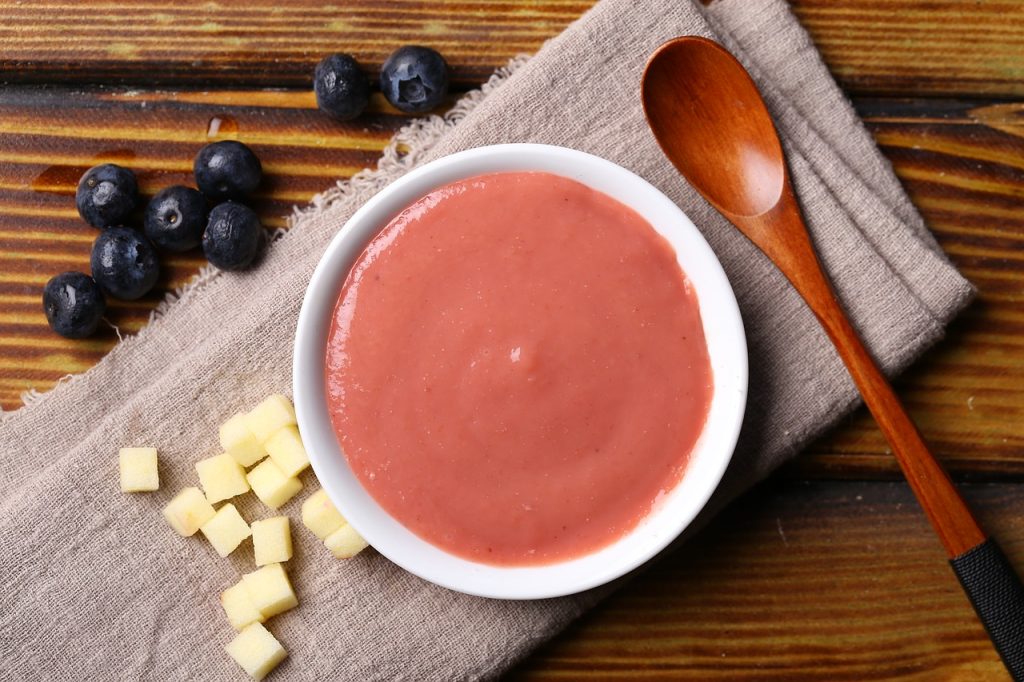
Can you see why homemade baby foods are simply higher in nutrients? They also have so much taste that a baby becomes excited about eating. In order to retain most of the nutritional value, though, homemade baby food needs to be lightly steamed. Try and not boil it too much if you have to. Also, all ripe fruits are ideal for being pureed without cooking, leaving all those precious nutrients intact.
Many parents today are looking towards more organic and holistic ways to feed their babies and many parents want to see only natural ingredients going into their baby’s tummies, let alone the older child. But also today, there are heaps of varying opinions about making homemade baby food. Many parents want to know exactly what their baby is eating and what ingredients go into jarred baby foods. When you make homemade food for your baby, a big advantage is that you won’t add any preservatives in or any artificial additives either. When you make homemade food you are offered peace of mind knowing your baby is getting only the best on offer.
Unfortunately, even with FDA regulations around commercial baby foods, you will never be 100% sure what is or what isn’t in that specific jar of commercial baby food.

What the latest studies reveal
- Studies have naturally and will always continue around baby foods manufactured commercially because they will always have to meet certain standards. One study from researches wanted to examine whether homemade or commercial food sources would influence a baby’s development, growth, size, and height. They found that babies who ate only homemade foods had more diverse foods on offer earlier on in their lives. These babies also had lower body mass by the time they reached the ages of 1 and 3 respectively. These results could well have implications for a baby as an adult later on as far as the prevention of obesity and chronic diseases go. This is associated with poor food choices. Food preferences start early in life and they are in all likelihood going to be carried over into adulthood, making them difficult to change.
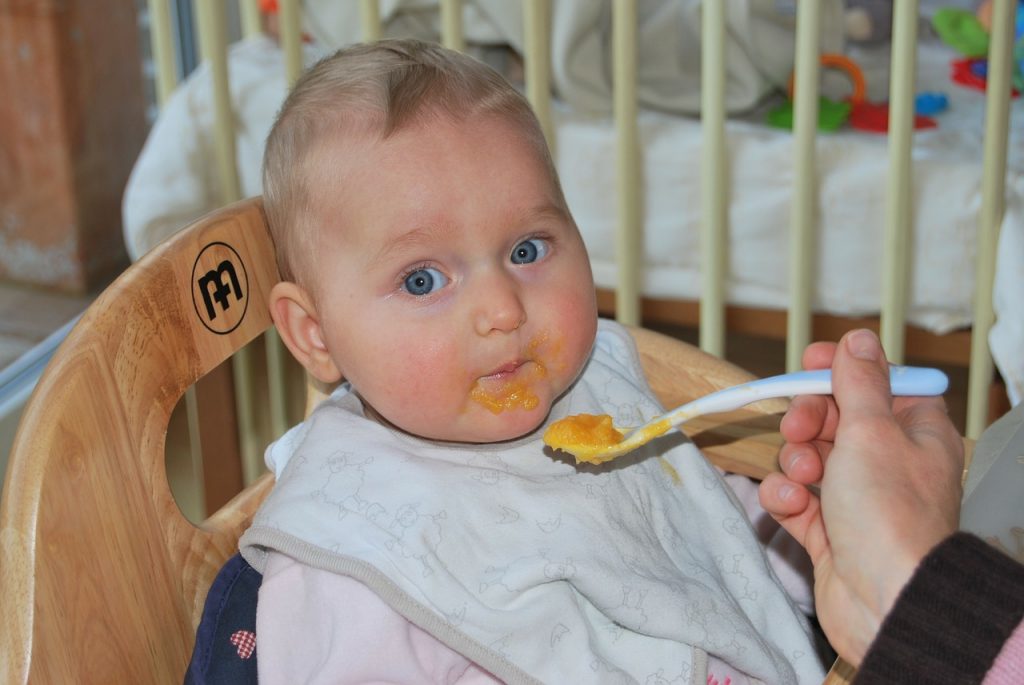
- The World Health Organization urges parents to feed their babies varied diets which include poultry, meat, fish, eggs with a big range of vegetables and fruits, starting from the age of 6 months. Other research suggests that the commercially produced baby foods can and do contain sugar and sodium in them. Many of them contain consistent appearances and textures that can easily limit a child’s acceptance of other foods that have different tastes and colors – this coming from the International Journal of Obesity. In contrast, homemade foods offer a broad range of different flavors and textures that could easily encourage children to eat plenty of food variations as they get older.
- Researchers also examined dietary data of 65 babies and assessed the body fat of baby’s ages between 6-36 months old. At 9 months of age, 14 of the babies (22%) had eaten homemade food and 14 had eaten only commercial products of baby foods. The others got combinations of both homemade and commercial foods. The results proved that there were no differences in the baby’s length or weight for their age, based on what they ate. Nor did the nutrient and calorie intake differ by the groups over time. But …. When the researchers scored the babies’ diets on how many of the different food groups were in the food, the homemade foods led the way. The babies eating the homemade foods also had lower percentages of body fat in them by the time they had reached 1 year old.
- The debates are not concluded and continue as to whether homemade baby foods are better than the commercially jarred baby foods as both types have their pros and cons, claims a hospital pediatrician.
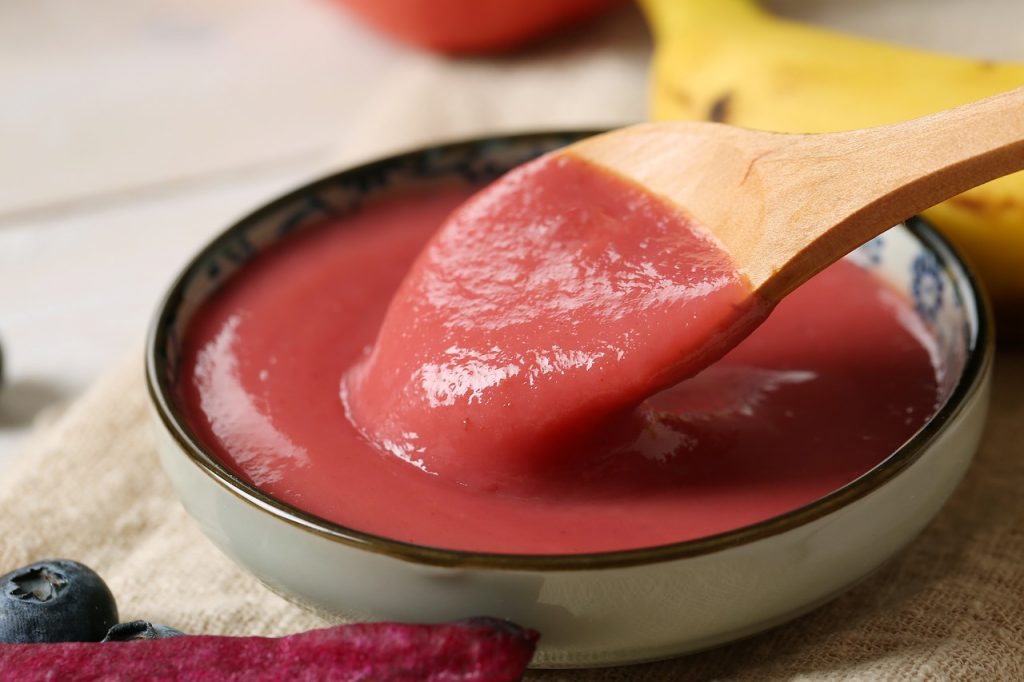
- Parents who buy baby food in a jar which is so convenient and easy to do, worry about the cost, they worry about the preservatives added, the processing of the food and the packaging. Other concerns are safety, storage, and texture. But while the debates carry on, here are some do’s and don’ts to consider if you are a mom determined to make your own pureed baby food.
- Do try and steam fruits and veggies instead of boiling so you and retain most of the nutrients.
- Avoid adding salt or sugar to your meals. Each of your baby foods should preferably have one ingredient, making it easier for you to look out for potential allergic reactions.
- Mash or puree your cooked food with a little water until you get a smooth consistency.
- Try and transfer your baby food into ice cube trays to freeze. Then you store the frozen cubes in bags.
- Never freeze your baby foods for longer than a month.
- When it’s time for Baby to eat, rewarm the food to room temperature, but not before.
- This year, a statement was made by the American Academy of Pediatrics, that a baby’s environment, nutritionally, in his first 1000 days of life, is absolutely critical to his lifelong mental health development. It makes perfect sense then that feeding babies the most delicious but nutrient foods that they love it is vital and ideal. Bringing nutrient dense veggies and fruits into his diet just helps him or her to enjoy exploring other textures of other healthy foods which just continue to help his ongoing development. Already in the womb, before a baby is born, he is already receiving the vital nutrients and after you have given birth to your baby, your choices are going to impact on his relationship with food for years after that.
- In those first 1000 days of a child’s life, as mentioned above, a child needs plenty of brain-building food and nutrients that promote growth. This means that vitamins A, D, B6, B12, plus polyunsaturated fatty acids and protein, along with probiotics, zinc, fiber, iodine, iron, choline, and folate are imperative.

Baby Nutrition Chart
Here is an excellent chart to help you decide on your baby’s nutritional needs and to try to make plenty of homemade foods where you can
From 6–9 months:
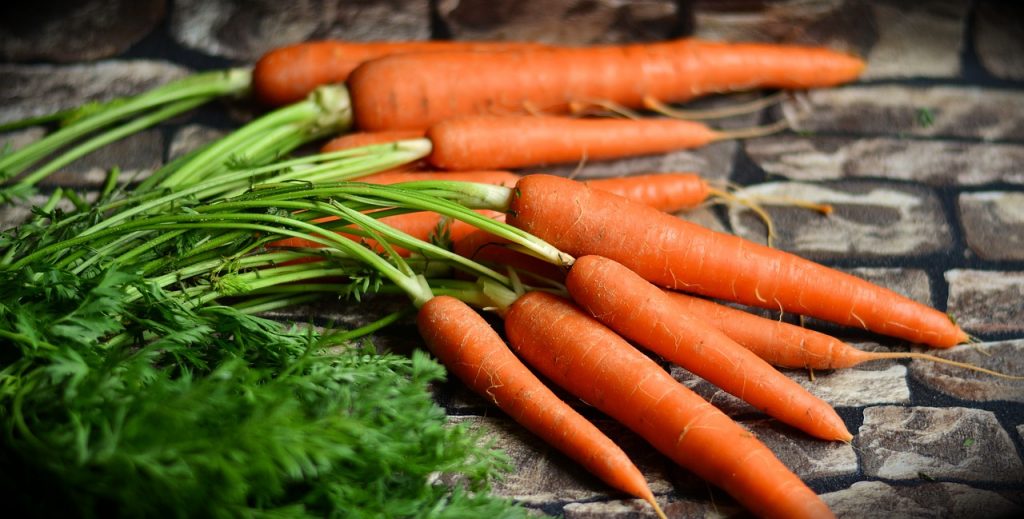
- Veggies should all be all puréed and can include carrots, sweet potatoes, pumpkin, squash, peas, avocado, and green beans.
- Fruits should all be all puréed and can include apples, bananas, pears, peaches, and plumbs Grains should all be puréed and can be mixed with breast milk or formula milk. Brown rice, quinoa, oatmeal, millet, kamut, and amaranth can also be included.
From 9-12 months:
- Vegetables should be puréed, mashed, or even cut into small pieces by now. These vegetables can include green beans, broccoli, spinach, cauliflower, kale, beets, Swiss chard, zucchini, eggplant, parsnips.
- Fruits should be puréed and can be mashed or cut into small pieces as well. These can include papaya, mangoes, pineapple, berries, nectarines, kiwi, figs, melon, cranberries, grapes, and melon and cherries
- Protein foods should be puréed, mashed up or cut into small pieces, and can be chicken, beef, turkey, (yolk of an egg), fish (but no shellfish), peanut butter that has been diluted with some water, lentils, beans.
- Dairy can be spoon fed or cut into smaller pieces such as cottage cheese, yogurt, and cheese.
- Grains/Bread should be cut into small pieces, or can be cooked. Everything should be gluten-free. Pasta, some bread, and flax can also be included.
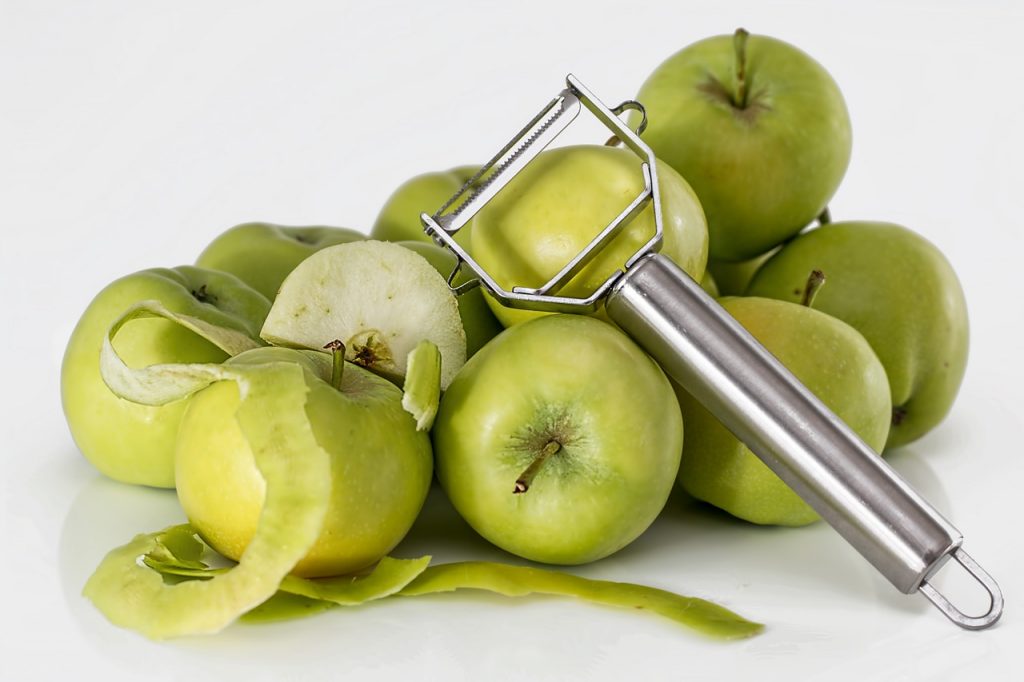
When using a blender to puree your baby homemade foods, remember to remove the fruit or vegetable skin from the fruits or vegetables. If your little baby does show signs of any allergies after eating certain foods, like skin rashes, vomiting, blood in the stools, or diarrhea, eliminate these foods from the baby diets and consult your doctor or pediatrician. It is normal for a baby’s stool to change in texture or color after eating any new food so don’t get too worried about this if you did think it was a problem.
Baby-led weaning in place of pureed foods?
- Baby feeding has changed a lot since 30 years ago, and today, old-school parents might not even know what baby-led weaning is. But probably the modern parents of today do. But anyway, it’s unlike the traditional methods of introducing babies to pureed foods on a spoon at around 4 months. The newer technique by allowing infants to self-feed themselves, choosing what they want and even deciding what they will eat in one meal is called baby-led weaning. This ‘new’ concept, introduced around 2003, suggests babies start being introduced to solids at 6 months. Those who advocate baby-led weaning will argue it’s quite a different matter introducing solids to a 4-month baby as it is to a 6-month baby. Most infants by 6 months have already developed skills needed that they can self-feed, bringing their foods to the mouth, chewing and swallowing it. Of course, it still makes sense, to begin with puréed foods for a baby of 4 months, but if you start at 6 months, it is not necessary, apparently, to start with puréed foods. You will have to decide which route you will take.
- If you are a mom who started giving your baby pureed foods from around 4 months, you don’t have to worry if you are not following the ‘baby-fed-weaning’ process. Your baby will give you particular cues that he is ready to start on solid foods and finger foods. Look at him – he will be trying to pick up certain foods with his forefinger and thumb, and easily transferring some food from one hand to the other. He will also be moving his mouth in a chewing motion. You will notice that he will be ready to move away from eating pureed foods as he develops his teeth and gains more tongue-control. But if you only stop giving your baby pureed foods at around 12 months and you notice he is still struggling with the solid foods, you can still add some of the pureed foods into his solid diet as he progresses.
- The main thing when it comes to your baby is nutrition. When you are prepared to be a parent looking out to give your baby the edge; the best in nutritional pureed foods that you have made at home and put through a blender, you are going to watch with pleasure and pride as your little baby surges ahead when it comes to brain function and progress – then it will be you, mom who is cooing, oohing and aahing at your little genius!
